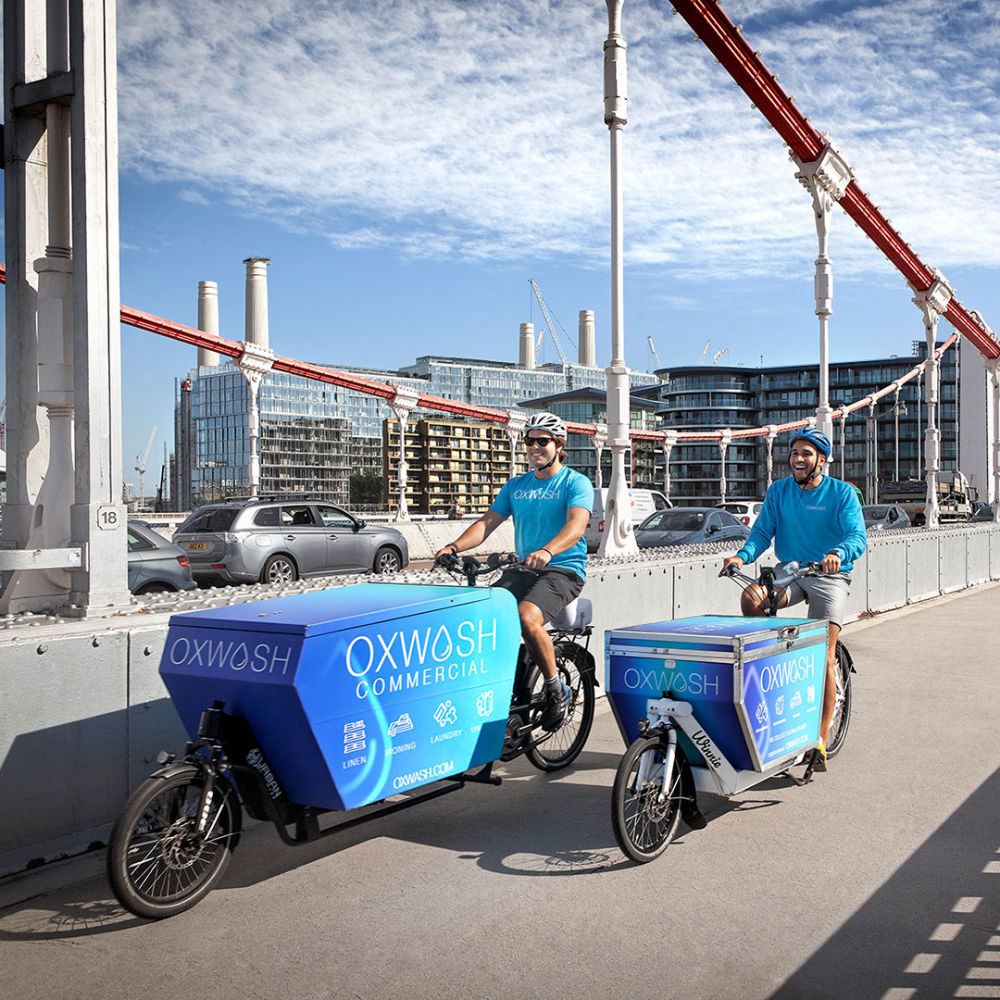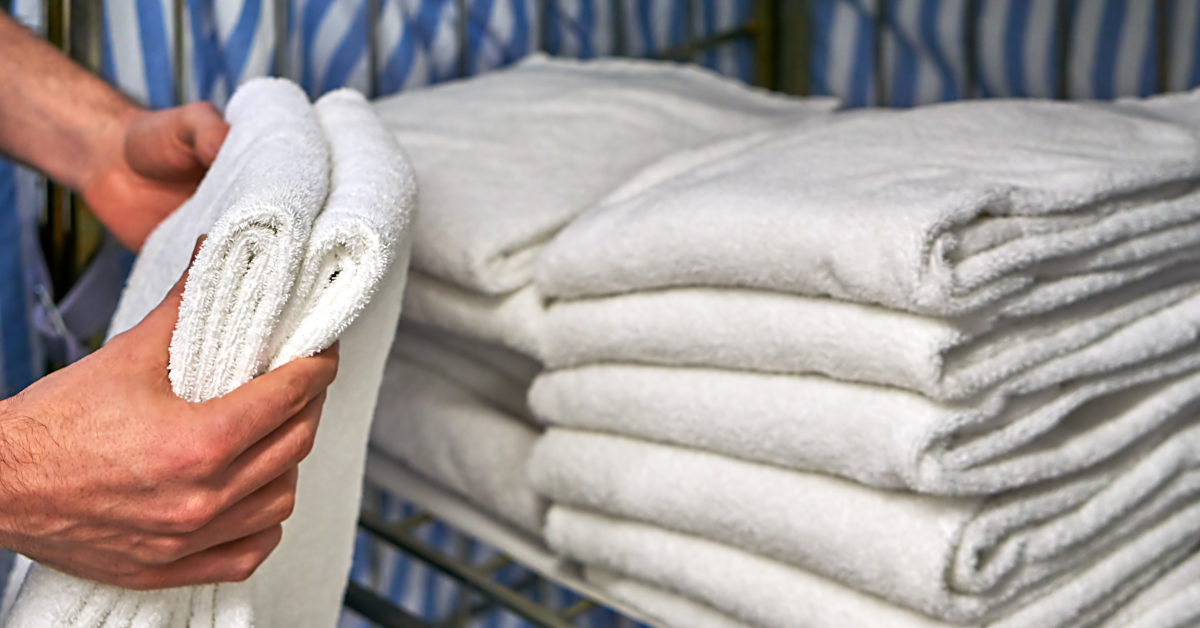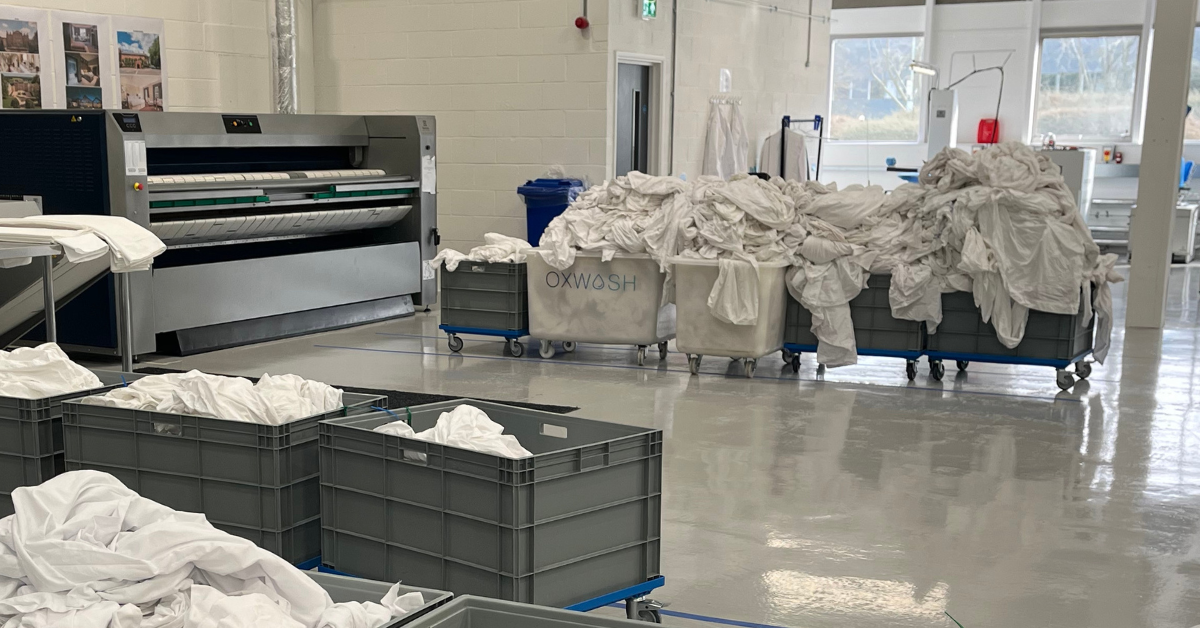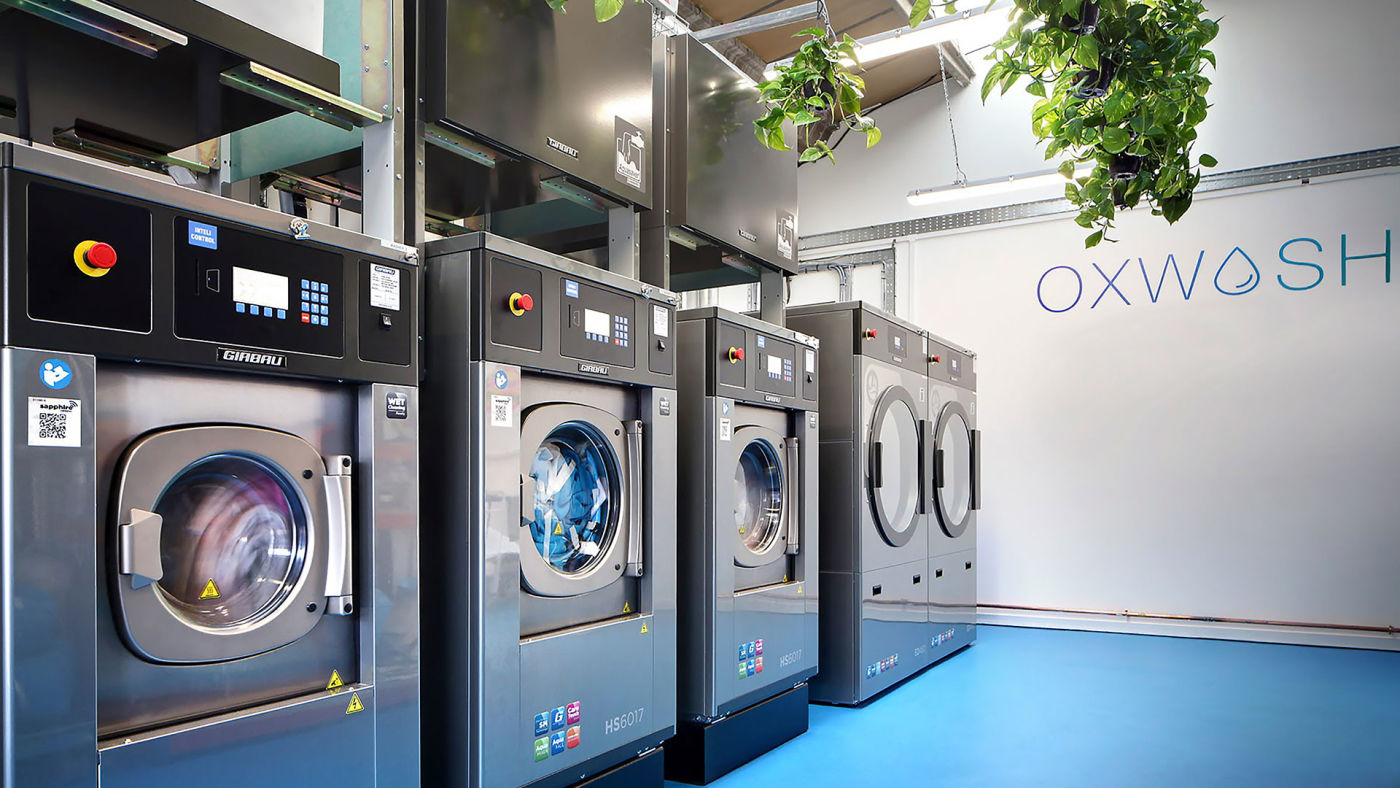Say Goodbye to Fast Fashion


Sustainability
What is ‘fast’ fashion?
Fashion is glamorous and by definition, fashionable. In recent years, the lack of sustainability in the industry has been increasingly exposed, showing the true price of all the glitz and the glam. The main culprit of this is of course, fast fashion.
Taking its name from the fast food industry, fast fashion is all about cheap, fast moving, in-season fashion. In other words it's made to be trendy not to last! How is it possible? Well it's fuelled by innovations in supply chain technology and management. This allows high street brands to get clothes from the cat walks into consumers shopping baskets in a matter of weeks. This may seem great for the consumer: they get stylish clothing at a price so cheap the clothes are almost disposable! Yet, there is unfortunately no such thing as a free lunch. The costs of fast fashion are felt by the environment, with natural resources being employed to feed clothing hungry consumers.
The fundamental issue with fast fashion is that it is about maximising consumerism. Brands encourage buying new clothes every month to keep up with trends, rather timeless staples at a higher price. The fact this costs the consumer less money amplifies the whole situation. The sad truth is, many clothes sold by online retailers are so cheap to make that returned items are often landfilled or burnt. Why? Because it is cheaper than processing them to be resold. Worse still, brands push PR campaigns about their commitment to sustainability and detach themselves from the industry. Take this with a pinch of salt and remember the basic business model of buying lots of anything is inherently unsustainable.
What is important for fashion sustainability?
We know fashion (especially fast) is ‘bad for the environment’, but how do we put numbers to this and measure it. Turns out, this is a tricky problem. To find the environmental cost of that £10 T-shirt on sale in a high street store, try considering all the natural resources used to design the item. Grow the raw material, process it, manufacture it, package and transport it, sell the item, use the item, and finally dispose of the item. The main metrics to consider are: water footprint, carbon footprint and microfibre pollutants. There are other harder to measure aspects too... Opportunity cost of land and water, social impacts of cheap production networks, other pollutants from detergents to fertilisers. There are lots of smart people out there who work on quantifying these environmental costs. The cross sector standard is the Higg index, in which the fashion industry is rated just 38/100. Not great. The Boston Consulting Group conducted independent analysis and rated the industry exactly the same in 2019.
The current situation
It is estimated that the fashion industry accounts for between 5-10% of all carbon emissions. That is 2.1 billion metric tonnes, yes BILLION. That is more than all international flights and shipping combined! Whilst industries like energy production and travel are just as bad, it could be argued that they’re more essential than fashion. For example, around 30% of clothing in UK wardrobes has not been worn in the last year. The good news is that the potential good that can be done by reducing the fashion industry's carbon footprint is huge.
Levi Strauss estimates that a pair of its iconic 501 jeans will produce 33.4kg of carbon dioxide over its entire lifespan. This includes production but also washing and drying which are surprisingly energy intensive. That same pair of jeans will use around 10,000 litres of water, enough to satisfy one person for 3 years. Cotton producing countries tend to be in hot climates where drinking water is more scarce. It is estimated that the fashion industry's water consumption is forecast to double by 2030 without change. To put this into context, the fashion industry already uses 79 billion cubic meters of water per year, producing 20% of global waste water. That is enough to quench the thirst of 110 million people annually. The wastewater produced is also polluted with toxic detergents and microfibres which are harmful to water systems (see our blog on microfibres for further details).
In the UK, each of us produces between 1.5-3.0kg of textile waste each year. Around 50% of this ends up in the landfill which adds up to hundreds of thousands of tonnes. Around 25% is incinerated, producing further carbon emissions. Only 25% of clothing waste is recycled or re-used. This stat isn’t as good as it seems, the vast majority of recycled clothing is downcycled into lower-value materials like insulation which cannot be further recycled. Some clothing in the UK is also sent abroad to be recycled but the traceability of what actually happens to these clothes is poor. It is suspected that at least some of it ends up in landfill abroad.


Where the problem really lies
We know fashion has a real sustainability issue but whose responsibility is it to sort out? You would be right in thinking the major fashion brands who produce clothing play a big part. As well as the farmers who grow the cotton and everyone in between. Whilst all these stakeholders must take some responsibility, one is often left out - the consumer. Yes, that means us!
Yes, buying a t-shirt made from recycled cotton is a good choice, but did you know that around 50% of a cotton T-shirt’s carbon footprint is produced whilst the item is being used? You may not realise it, but driving your T-shirt back from the store, washing it, drying it, and disposing of it all has an associated carbon cost. Not to mention a significant water cost for washing too!
Now, this isn’t actually such a bad thing. It shows that you can make a significant impact on the sustainability of the products you use. Washing clothes at lower temperatures, air drying, and reusing clothes can lower the carbon and water prints of clothing. Buying second hand prevents a new item being made which has a massive natural resource saving. We must realise that fashion has sustainability issues across the whole life cycle of products. It is up to the producers and us, to make a tangible difference in reducing the environmental cost of our clothes, and power the Slow Fashion movement.
How does Oxwash fit in?
I’m glad you asked. Oxwash is able to leverage high-tech processes along with economies of scale to wash clothes more efficiently than you can at home. We use low temperature washes and less detergent (all eco-friendly) which helps us reduce CO2 and water footprints. We are also experts at getting stains out, giving your clothes a new lease on life. It is as simple as that.
We estimate that we save 850kg of clothing from disposal every week. This is equivalent to around 19 tonnes of CO2 being produced to replace these clothes. Water-wise, we save 4L per kg of clothes washed, that’s 26L for your average wash. If you used us over a year, you’d save a little over all of your drinking water for the year.
Oxwash has also partnered with HURR, the leading sustainable fashion rental platform in the charge for sustainable fashion.
Related Articles


B Corp™ certified.


Surpassing NHS-grade disinfection.













